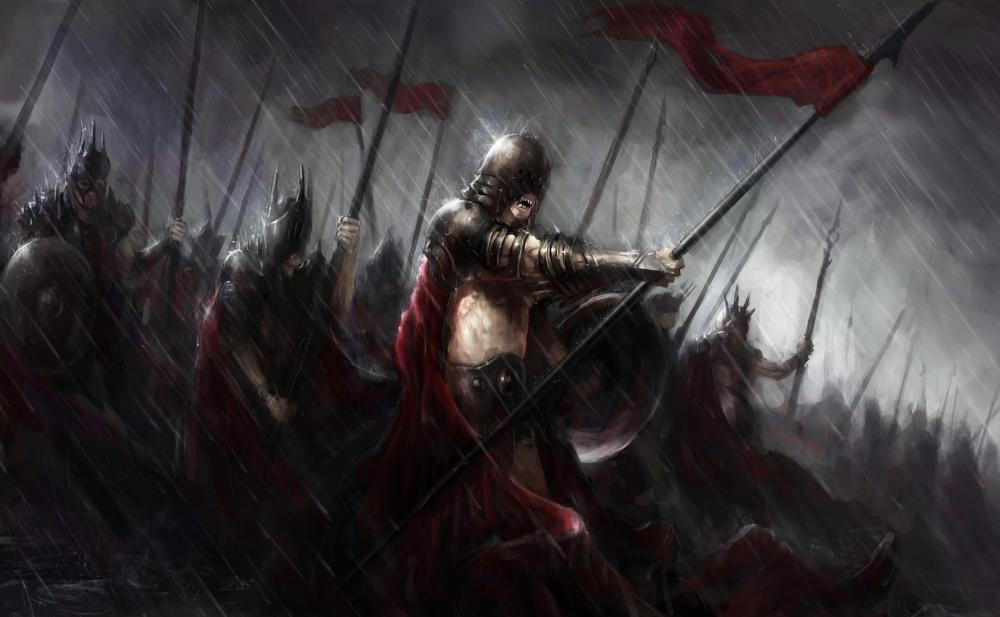At WiseGEEK, we're committed to delivering accurate, trustworthy information. Our expert-authored content is rigorously fact-checked and sourced from credible authorities. Discover how we uphold the highest standards in providing you with reliable knowledge.
What is Chainmail?
Chainmail or mail is a material which was used historically to create protective garments for soldiers. It consists of small metal rings linked together to create a sturdy, but flexible mesh. Chainmail has a distinctive advantage over plate armor, being much lighter and easier to handle, but a full chainmail shirt is still a very heavy load. Numerous examples of antique chainmail can be seen in Western and Asian museums, and some modern disciples of historical armor also produce chainmail for ornamentation and wear.
To make chainmail, hundreds of small rings must be riveted or welded together. Usually, each ring is joined with four others, in a type of chainmail which is commonly known as four to one. A doubled up variety is called eight to two or king's mail. The rings in chainmail may be joined in an assortment of patterns, depending on the taste and prevailing traditions in the region where it is produced, but care is taken to make sure that each link is strong and firmly joined to its fellows, with a minimum of rivets and a stress on welding and soldering to keep the chainmail strong.

Chainmail confers a surprising amount of protection to the wearer. The heavy, stiff construction can deflect blows from edged weapons, while the flexibility distributes the force of a blow across the body. Although someone in chainmail may end up severely bruised after a battle, he or she may be able to avoid major, life threatening injuries. During the Middle Ages, when chainmail was the armor of choice, doctors could treat bruises and broken bones as a result of impact, but infection control for open wounds was poor; chainmail undoubtedly saved lives.
There were some definite disadvantages to chainmail which caused it to gradually fall out of style. The heavy weight is of course a problem, as was the tendency for the rings to dig themselves into the body when the wearer experienced a heavy impact. As a result, stiff leather jerkins or quilted layers of material had to be worn under chainmail, limiting the range of motion for the wearer and increasing discomfort. While chainmail had been produced and worn since around 1,000 BCE, it began to be abandoned in the 14th century CE.
Aficionados of chain mail may also call it chainmaille or maille, a reference to the French maille for a linked metal mesh. You should be aware that armor itself is never called “chainmail,” as chainmail is only the construction material. Each piece of armor has a separate name; a chainmail hood, for example, is a coif, while a knee length shirt is a hauberk. Mailed gloves are mitons, and a pixane is mail worn around the throat to cover the neck, breast, and upper back. A shorter hauberk extending to the thighs is a haubergeon, while a byrnie is a waist-length mail shirt.
AS FEATURED ON:
AS FEATURED ON:











Discuss this Article
Post your comments